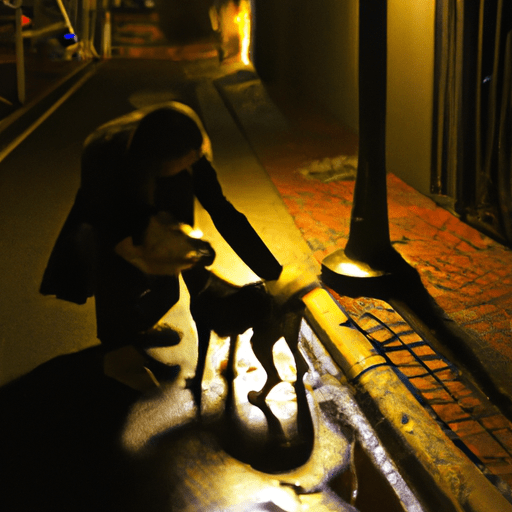“`
Who Picks Up Stray Dogs
Understanding the Plight of Stray Dogs
You see them on the streets, in the parks, and sometimes even in your own backyard—stray dogs. These are dogs that have either been abandoned by their previous owners or were born on the streets. They face numerous challenges including lack of food and shelter, exposure to harsh weather conditions, and the risk of disease or injury.
As a compassionate caregiver, you can’t help but feel a deep empathy for these innocent creatures who are forced to fend for themselves in a world that often seems indifferent to their suffering.
The Role of Animal Control and Rescues
When you notice a stray dog, your first instinct might be to call your local animal control agency. These municipal entities are primarily responsible for handling stray animals, including dogs. They pick up strays, provide them with temporary shelter, and attempt to locate their owners if possible.
However, the goal of animal control isn’t just to round up stray dogs. They also work to protect the community from potential threats posed by these animals, such as aggressive behavior or the spread of diseases. Some of their specific tasks include:
1. Responding to reports of stray dogs
2. Capturing and impounding strays
3. Investigating reports of animal abuse or neglect
4. Enforcing local animal control laws and ordinances
In addition to animal control, there are also numerous non-profit rescue organizations that focus on saving stray dogs and finding them new homes. These rescues often rely heavily on volunteers and donations to carry out their mission.
How You Can Help
While it’s comforting to know that there are organizations dedicated to helping stray dogs, you might be wondering what you can do personally to make a difference. Here are a few ideas:
- Report a stray. If you see a stray dog, contact your local animal control agency or a rescue organization. Provide as much information as you can, including the dog’s location, size, breed, color, and any signs of injury or illness.
- Volunteer your time. Many animal shelters and rescues are always in need of volunteers. Even a few hours a week can make a big difference.
- Donate. These organizations often operate on tight budgets, so every little bit helps. You can donate money, food, bedding, or even old towels and blankets.
- Adopt. If you’re able, consider giving a stray dog a permanent home. Adoption can be a rewarding experience for both you and the dog.
Stray Dog Statistics: A Closer Look
To grasp the magnitude of the stray dog problem, let’s take a look at some statistics:
| Country | Estimated Number of Stray Dogs |
|---|---|
| USA | 70 million |
| India | 30 million |
| Russia | 15 million |
| Brazil | 20 million |
As you can see, the number of stray dogs around the world is staggering. It’s a problem that requires a concerted effort from everyone—government agencies, non-profit organizations, and compassionate individuals like you.
Frequently Asked Questions
Q: Can I keep a stray dog that I found?
A: It depends on local laws and ordinances. Generally, you’re required to report a found stray to animal control or a local shelter.
Q: What should I do if a stray dog seems aggressive?
A: Do not approach an aggressive dog. Instead, report it to animal control and let trained professionals handle the situation.
Q: How can I tell if a dog is a stray or just lost?
A: It can be hard to tell. If the dog is well-groomed and seems well-fed, it might be lost. Either way, report the dog to local authorities.
“`



